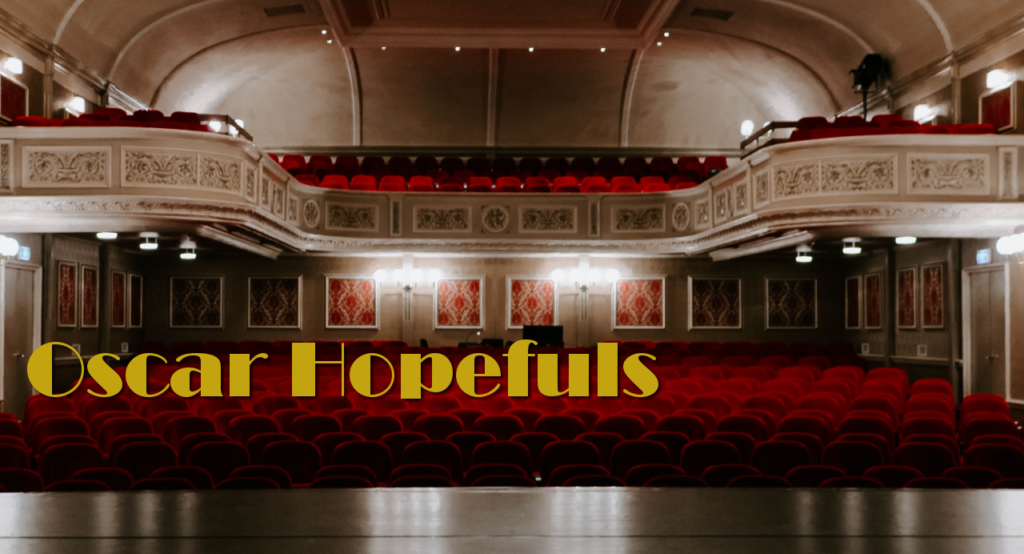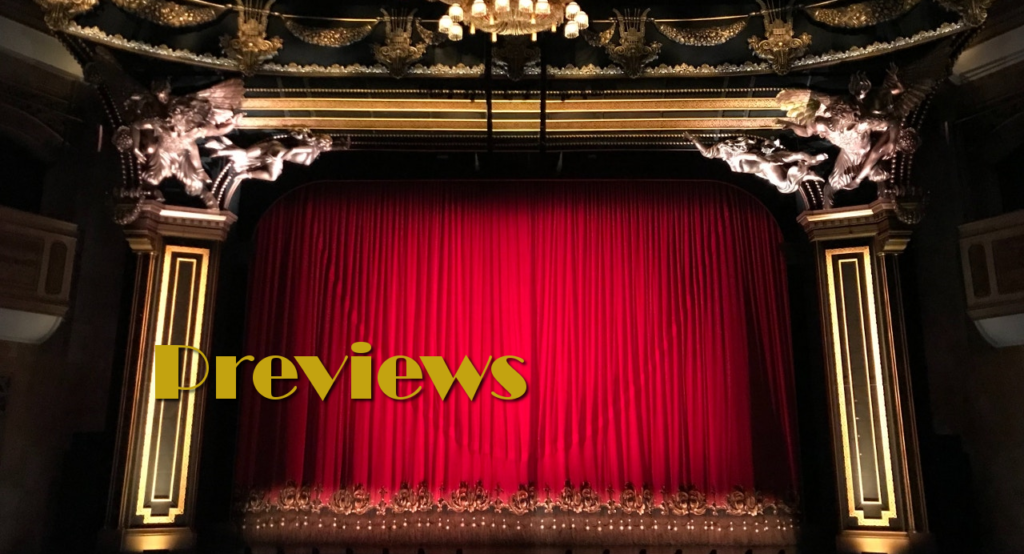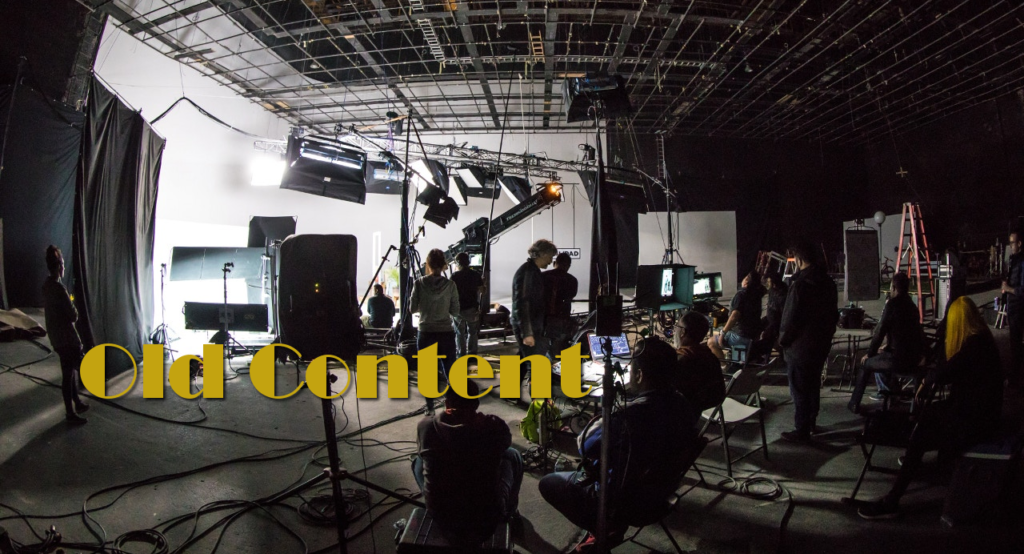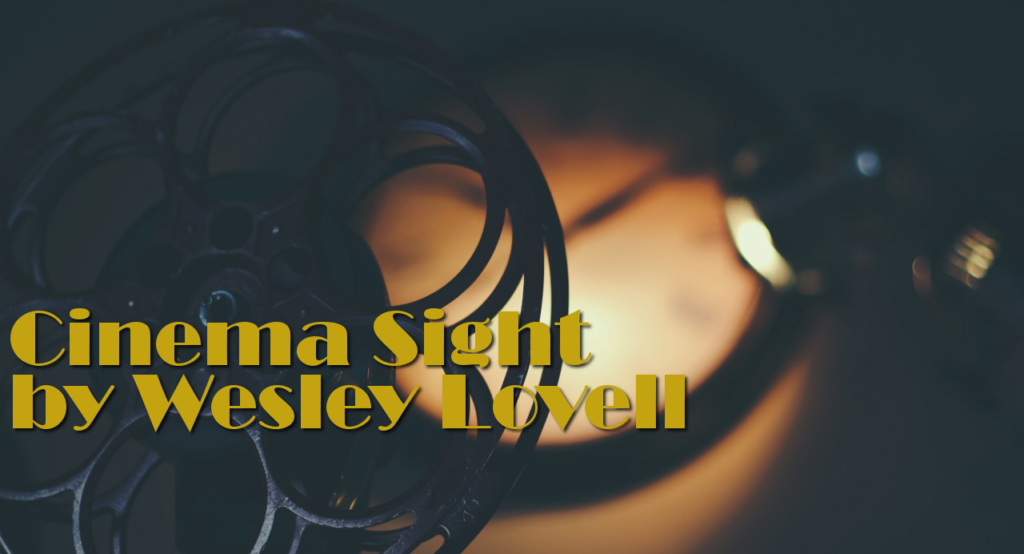 Who would have thought two guys drunkenly singing an old Barry Manilow song would provide the emotional high of a state-of-the-art superhero movie in 2008? Probably no one other than Guillermo del Toro who does just that with Hellboy II: The Golden Army, the sequel to his 2004 Hellboy . Sequels rarely live up to the original and seldom surpass it, but del Toro, whose Pan’s Lbyrinth topped many ten-best lists just two years ago, does exactly that with this one. The film opens with a sequence set in 1955 when the precocious Hellboy was 11, reminding us of the close relationship the alien had with his adoptive father John Hurt. It also provides a framing device for the main thrust of the film as Hurt reads the boy a bedtime story in which a fairytale king separates three parts of his crown and locks up the treacherous “golden army” of otherworld creatures who would destroy mankind. They can only be unleashed again if all three parts of the crown are put back together. Flash forward to the present and the king’s evil son is about to resurrect the golden army against the human race. Only Hellboy, his cohorts Abe Sapien and Liz Sherman, and their team can stop him. The film is filled with thrilling action sequences, eye-popping special effects and nice tongue-in-cheek acting by a cast headed by Ron Perlman, Doug Jones and Selma Blair as the misunderstood saviors of the world and Luke Goss as the evil prince. It’s available in both Blu-ray and standard DVD. Blu-ray releases continue at a fast pace. Newly released is Planet of the Apes – The Legacy Collection featuring improved picture and sound releases of all five films in the original series, 1968’s Planet of the Apes, 1970’s Beneath the Planet of the Apes, 1971’s Escape from Planet of the Apes, 1972’s Conquest of the Planet of the Apes and 1973’s Battle for the Planet of the Apes. The films, about a future where apes rule the world and men are reduced to dumb beasts, remain ever fascinating, though audience interest flagged as the series continued. All of them are, however, afar superior to the dreadful 2001 remake of the original. Amazingly, this big budget series was able to produce a film a year for four straight years after skipping 1969, whereas today’s big budget series are filmed two to three years apart. If you see no other Planet of the Apes film, you owe it to yourself to see Franklin J. Schaffner’s original in which Charlton Heston stars as the astronaut stranded amongst a civilization of apes that includes Roddy McDowall, Kim Hunter and Maurice Evans in marvelously detailed Oscar-winning make-up. The re-mastered set is also available in standard DVD. Also available on both Blu-ray and standard DVD is the 2002 TV movie A Christmas Visitor directed by Christopher Leitch with a cast headed by William Devane, Meredith Baxter, Dean McDermott and Aaron Ashmore. Why this is the first Hallmark Hall of Fame film to be released on Blu-ray is beyond me. It is not all that special. It’s about a family that has been mourning the loss of their son in Operation Desert Storm for 11 years who come to see meaning in celebrating Christmas through the eyes of a mysterious stranger. I won’t spoil the ending by telling you who the stranger turns out to be, but if you haven’t guessed it within the film’s first twenty minutes you haven’t been paying attention. Ashmore, who was Jimmy Olson in TV’s Smallville from 2003 to 2006, and plays the dead son in flashbacks in A Christmas Visitor, also has a major supporting role in another Christmas movie new to DVD, albeit not Blu-ray. The direct-to-DVD The Christmas Cottage was filmed as Thomas Kinkade’s Home for Christmas and is the story of his painting of the Placerville town mural that made him famous. As a personal remembrance, it’s fine, but as a movie, it’s a bit of a mess. On one hand you have Jared Padalecki as future artist Kinkaid; Ashmore as his brother, a future best-selling author; Marica Gay Harden as their beloved mother hiding her precarious financial situation; Peter O’Toole as Kinkaid’s dying mentor; and Ed Asner in a brief appearance as O’Toole’s agent. On the other hand you have a supporting cast of ham actors who mug before the camera every chance they get under the amateurish direction of Ken LaZebnick whose major claim to fame is the direction of 21 episodes of TV’s Touched by an Angel. Chris Elliott, Richard Moll, Richard Burgi and Charlotte Rae are the most outrageous of the muggers. Changing gears completely, When Did You Last See Your Father?, directed by Anand Tucker, is a mature exploration of a middle-aged man’s last days spent with his dying father and his reflection on their love-hate relationship through the years. Colin Firth is the son, Jim Broadbent the father and Juliet Stevenson the mother. All of them are superb. Director Tucker’s output is slow but measured. This is only his third film in ten years, but like his previous two efforts, Hilary and Jackie and Shopgirl, it is well worth your time. You may recall that Emily Watson and Rachel Griffiths won much deserved Oscar nominations for the former while Steve Martin and Claire Danes garnered serious Oscar talk for the latter. The stars of his new film might well have been given serious Oscar consideration for Father had the British-Irish co-production been more widely seen. The Canadian film Autumn Hearts, directed by Paulo Barzman, filmed under the title Emotional Arithmetic The characters Sarandon and Byrne play in middle age and von Sydow in old age met when they were interred in a Nazi concentration camp outside of Paris in 1943. Sarandon’s character was a young American Jewish girl, Byrne’s a young Irish Catholic boy stranded in Paris during the war while von Sydow’s character was the wise Russian Jewish philosopher who saved their lives while placing his own in jeopardy. As the story begins, Sarandon has invited von Sydow, newly freed from a Russian Gulag, to visit the farm she shares outside of Quebec with her cynical retired college professor husband, Plummer. Von Sydow brings along Byrne, who was Sarandon’s first love, which brings out the worst in Plummer. Roy Dupuis as Sarandon and Plummer’s son and Dakota Goyo as their grandson complete the group of characters who get together in 1985. Actor Justin Theroux makes his directorial debut with Dedication, a quirky romantic comedy about a blocked writer of children’s books who has to find new inspiration after the death of his illustrator partner of fifteen years. It’s mainly an actor’s showcase, and fortunately for Thoroux, he has a superb cast to work with. Billy Crudup, in probably his best big screen performance to date, plays the acerbic writer while Mandy Moore plays his new collaborator, trying to get her first big break. Tom Wilkinson is the dead partner who returns in Crudup’s imagination and Bob Balaban is his frustrated editor. Dianne Wiest has a featured role as Mandy’s real estate agent mom. The City of Paris gets billing over the title, along with co-stars Charles Laughton, Franchot Tone, Burgess Meredith and Robert Hutton in what started out to be Irving Allen’s The Man on the Eiffel Tower. The troubled 1949 Franco-American co-production was taken over by Meredith (his directorial debut) at Laughton’s insistence. Given Laughton’s brilliant direction of his only film, 1955’s The Night of the Hunter, the film might have been a masterpiece, but in Meredith’s less assured hands, it is merely good. Laughton did direct Meredith’s scenes, which are actually the best in the film. Laughton plays fabled French detective Inspector Maigret out to solve the murder of a rich old lady and her maid. Bungling burglar Meredith is the obvious suspect, but Maigret suspects there is more to the crime, as the audience is aware from the beginning. Tone, who produced the film, is the manic-depressive failed medical student who committed the crime in a plot involving heir Hutton, his wife Patricia Roc and mistress Jean Wallace. His taunting of Laughton leads to the film’s climactic chase scene on the Eiffel Tower. The film was shot in the experimental Ansco Color, which has deteriorated over time. Although the film has been restored by the UCLA film labs, the color restoration is not good. It still looks faded, though not quite as bad as one of those old black and white movies tinted to make it look as though it were shot in color. It remains, however, the best example of what the City of Light looked like in the post-war years. Alas, you’ll have to wait to see for yourself in the U.S. unless you come across the restored version on TV as the region 1 release has mysteriously been cancelled. It is, however, available in Region 2 (U.K.). Lousy public domain prints also exist. -Peter J. Patrick (November 18, 2008) |
Buy on DVD!
|
The DVD Report #81
by
Tags:


















Leave a Reply